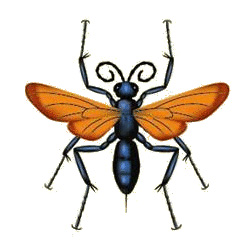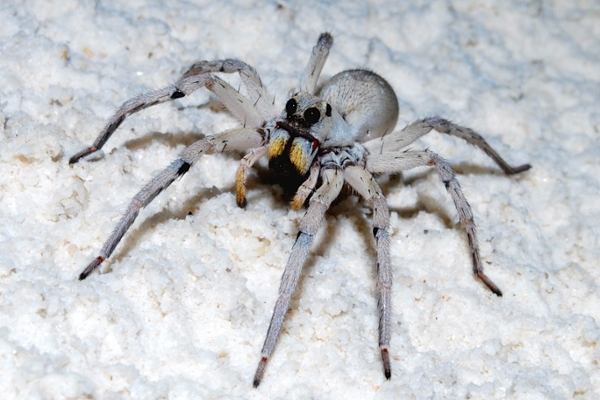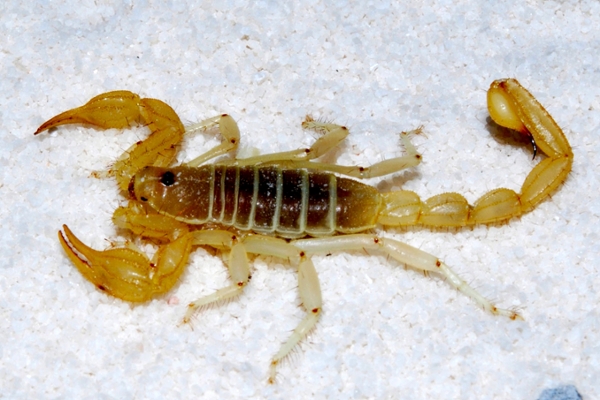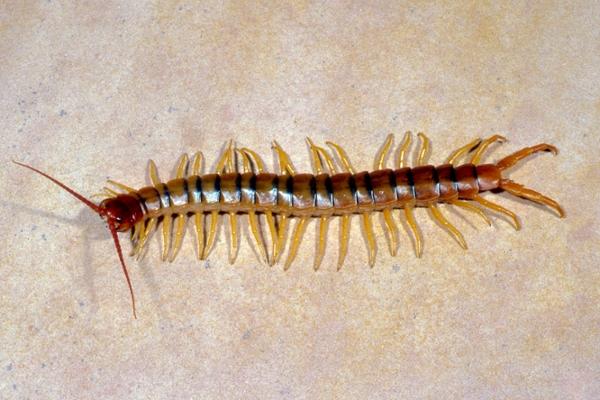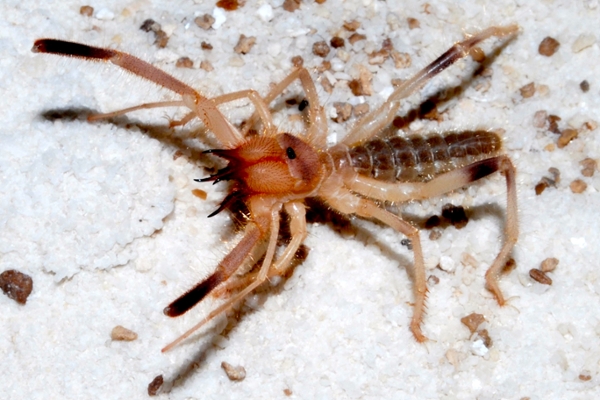Taxonomic Classifications used by the Division of Arthropods
Many different arthropod taxonomic classifications are available, and all classifications change over time. The Division of Arthropods has chosen to follow particular single baseline (starting point over time) classifications for various taxonomic groups of arthropods. We do not necessarily agree with all aspects of each classification, and some are already out-dated. However, we chose to follow certain classifications to provide reference standard classifications that can be cited and referenced by others. The division follows and Arnett (2000), American Insects, CRC Press, for insect classification above the genus rank, the Nomina Insecta Nearctica for the taxonomic classification of insects below the subfamily rank. Various sources are used to classify the non-insect arthropods. The division’s classification system utilizes only major taxonomic ranks because there are so many differences among published classification schemes within and between taxonomic groups. Taxonomic ranks including subfamily and above are organized phylogenetically, and genera and species are organized alphabetically below the subfamily level. The division’s classification system, specimen organization, and the specimen database are all updated approximately every decade as new versions of the Nomina, American Insects, and other sources are released.
As specimens are identified by expert taxonomists using more current classifications, some groups of arthropods will begin following those more current classifications. Therefore, the division’s baseline classifications are slowing evolving with newer classifications over time.
Taxonomic classification rank system used for the classification of specimens in the MSBA: Phylum, Class, Order, Suborder, Family, Subfamily, Genus organized alphabetically and Species (subspecies when applicable) organized alphabetically.
Arthropod Baseline Classification Sources
Insects
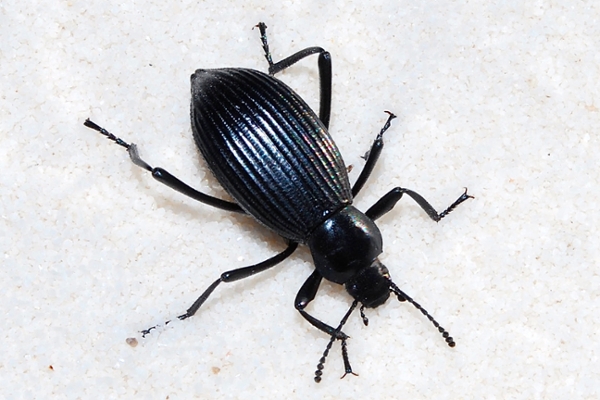 |
Arnett, R. H., Jr. 2000. American Insects. CRC Press, Boca Raton, FL. (order, family and other ranks above genus and species)
Poole, R. W. and P. Gentili, editors. 2003. Nomina Insecta Nearctica. Entomological Information Services, P.O.Box 4350 Rockville, MD. (genus and species ranks)
|
Spiders
Scorpions, Centipedes, and Millipedes
|
Fet, V. 2002. Catalog of the Scorpions of the World (1758-1998). New York Entomological Society, New York.
Chilobase
Hoffman, R.L. 1999. Checklist of the millipeds of North and Middle America. virginia Museum of Natural History Special Publication no. 8: 1-584.
Natural History Special Publication no. 8: 1-584. Milli-PEET project, Field Museum, Chicago.
|
Mites
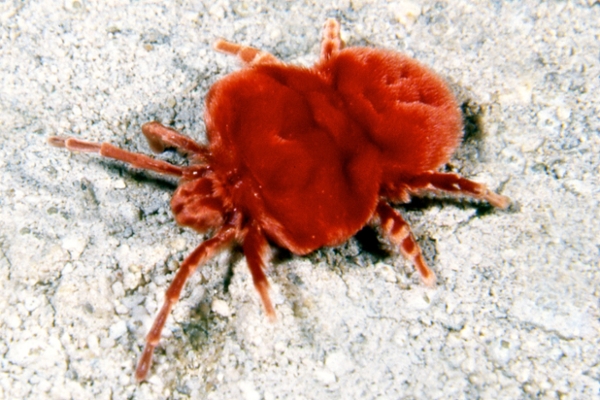 |
Krantz, G.W. and D.E. Walter. 2009. A manual of acarology. Texas Tech University Press, Lubbock, TX.
|
Harvestmen
Pinto-da-Rocha, R., G. Machado, and G. Giribet. 2007. Harvestmen: the biology of Opiliones. Harvard University Press, Cambridge, MA.
Pseudoscorpions
Harvey, M.S. (2011). Pseudoscorpions of the World
Solifuges
Aquatic Crustaceans
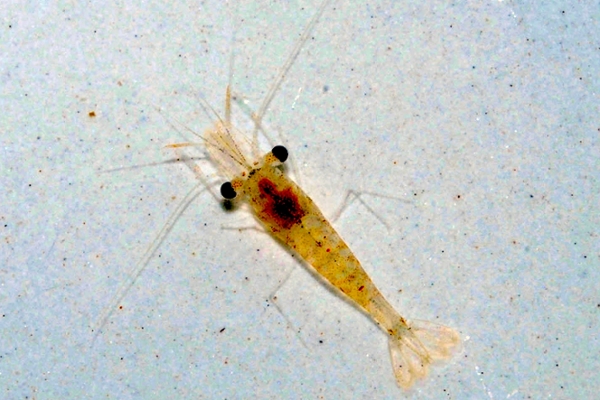 |
Smith, D. G. 2001. Pennak's Fresh-water Invertebrates of the United States. 4th edition. John Wiley & Sons, New York, NY.
|


